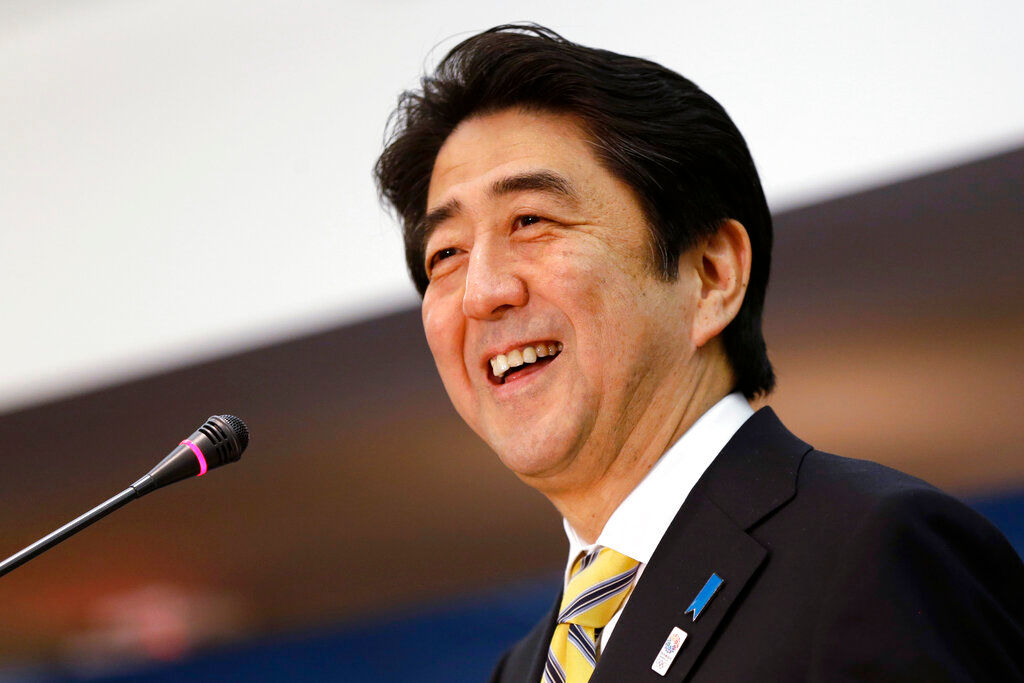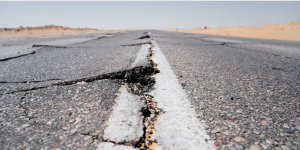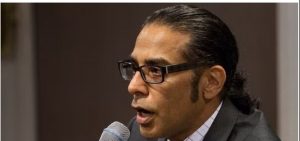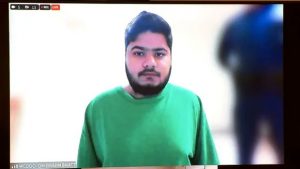Indian Prime Minister, Narendra Modi, is attending the state funeral of former Japanese Prime Minister Shinzo Abe. The Japanese ex-PM was shot in Nara on July 8 and died on the same day. Following his death, India declared a day of national mourning on July 9, as PM Modi revealed his shock on Twitter.
“I am shocked and saddened beyond words at the tragic demise of one of my dearest friends, Shinzo Abe. He was a towering global statesman, an outstanding leader, and a remarkable administrator,” the Indian PM wrote.
Also Read: Why Japanese are protesting former PM Shinzo Abe’s state funeral
“He dedicated his life to make Japan and the world a better place..Abe made an immense contribution to elevating India-Japan relations to the level of a Special Strategic and Global Partnership. Today, whole India mourns with Japan and we stand in solidarity with our Japanese brothers and sisters in this difficult moment,” he added.
But, what made Shinzo Abe so close to India and Narendra Modi? Let’s find out.
Shinzo Abe was the longest-serving Prime Minister of Japan and the most crucial in the nation’s history following the Second World War. He served in two terms, the first of which began in 2006 while the penultimate tenure started in 2012. He stepped down from his role in August 2020 citing illness.
When Abe announced his decision to step down from his role, Narendra Modi said he was “pained to hear” about his Japanese counterpart’s health and wished for a quick recovery. The pair shared a bond, which began long before Modi’s rise to India’s top seat.
Also Read: From Narendra Modi to Kamala Harris, leaders attending Shinzo Abe’s funeral
Abe visited India on three occasions, the most by a Japanese Prime Minister in history. During his visits, he delivered a speech in the Parliament, became the first Prime Minister from Japan to be honoured as Chief Guest in the Republic Day parade in New Delhi and was arguably the most influential figure behind the ties between Japan and India.
Modi, on the other hand, made his first bilateral visit as the Prime Minister of India, to Japan. It was when the pair reached an agreement to work on the Special Strategic and Global Partnership between the two nations. The initiative included civil nuclear energy, infrastructure, maritime security as well as the Indo-Pacific strategy.
It was during the tenure of the pair when India and Japan signed the Indo-Japan nuclear deal. Abe played a crucial role in Japan signing the treaty with a non-Nuclear Proliferation Treaty member country. This helped India to deal with the US and French nuclear firms, many of which were owned by Japanese companies.
Also Read: Who is Akie Abe, former Japan PM Shinzo Abe’s widow?
Abe and Modi also worked on a military logistics treaty, the Acquisition and Cross-Servicing Agreement. The first meeting for the pact was organised in New Delhi in 2019. They also signed another treaty for transferring military equipment and technology in 2015, something that was not common in Japan following the World War.
Abe, as the Japanese Prime Minister, was one of India’s strongest allies against China. He assisted India in several border issues with China, most notably of which was the Doklam issue. He played a key role in helping India with Bullet train technology as well.
He was honoured by the Government of India with the Padma Vibushan, the second-highest civilian award in the country, in 2021.







